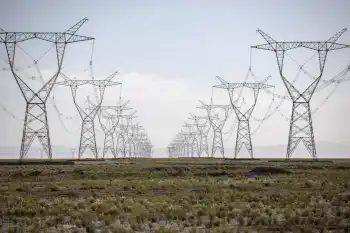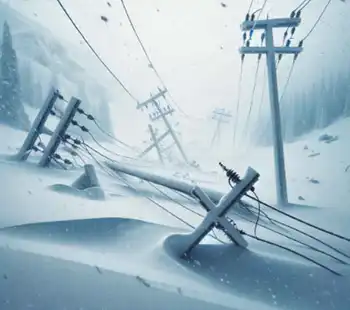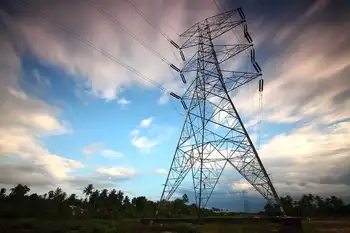USA's Power Grid Gets the Juice It Needed
BOSTON - -- There were dire predictions this spring of a summer on the fritz. Blackouts would be common in California and could spread. Now, as summer ends with but one 1-hour blackout in Las Vegas, officials say a main reason was a rush of power plant construction during the past 3 years.
According to private and public data, some 67,000 megawatts of generating capacity have been added to the nation's power grid since the beginning of 1999, almost half of it during this year alone.
Power plants that will produce another 70,000 megawatts are under construction, more than 60,000 of which will be on line by the end of next year. The nation's generating capacity will increase 18% over 1998.
One megawatt is considered enough to power 1,000 households at any one time.
"With what is still in the pipeline over the next couple of years there could be enough new power to result in a substantial surplus in some regions," says Doug Logan, a principal with RDI Consulting, which tracks the power industry from Boulder, Colo.
There are still trouble spots.
Fast-growing Las Vegas outran its power supply on July 2, resulting in a 1-hour blackout in sections of the city. And there are concerns that drought in the Pacific Northwest could reduce the amount of power produced by hydroelectric dams this winter.
But in the rest of the country, power supplies recently have grown faster than demand. For example, on July 6, 1999, New England nearly ran out of electricity. The region used a record 22,544 megawatts, leaving 900 megawatts in reserve. If any regional power stations had failed, it could have meant rolling blackouts.
This summer, 2 weeks of sweltering temperatures pushed electricity demand to a high of 25,158 megawatts on Aug. 9. This time, the region had a cushion. Twelve new plants, producing 3,500 megawatts, had been built during the past 2 years.
Once power-starved regions such as New England and the Gulf Coast will see their generating capacity grow by a third or more within the next year or two, Logan says.
Nearly all of the new generating facilities are so-called merchant plants, which are built by private investors eager to tap into the nation's appetite for electricity.
"The construction of new generation is a response to the market," says Mark Stultz of the Electric Power Supply Association, a trade organization for merchant plants.
The trend could mean lower rates for consumers.
"I don't know if a strong case can be made yet, but there should be evidence next year that it has helped consumers," Logan says.
Related News

New rules give British households right to sell solar power back to energy firms
LONDON - Britain’s biggest energy companies will have to buy renewable energy from their own customers under new laws to be introduced this week.
Homeowners who install new rooftop solar panels from 1 January 2020 will be able to lower their bills by selling the energy they do not need to their supplier.
A record was set at noon on a Friday in May 2017, when solar energy supplied around a quarter of the UK’s electricity. However, solar panel owners are not always at home on sunny days to reap the benefit. The new rules will allow them to make…




